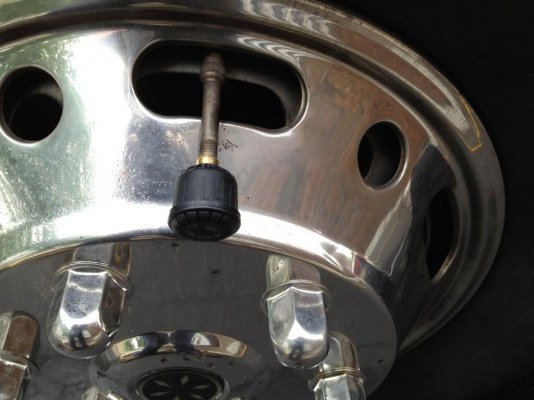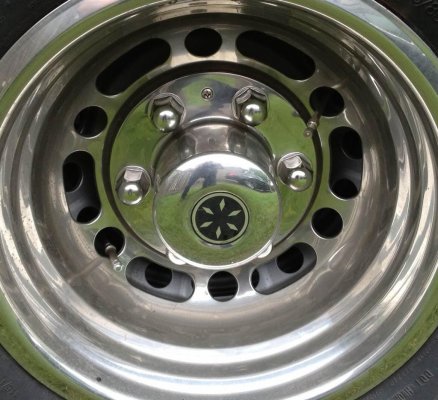Rvliberty
Well-known member
We are driving a Winnebago View 2012 with dual rears. Inners have rubber valves with plastic extenders. Outers have metal valves. The inners have been a pain. One inner has had a leak. We have had it pulled and checked. No persistent leak. Still leaked. First the plastic extension broke. Removed it...still leaking. Then when putting air in we heard leaking at the valve stem.
We want to put a TPMS on it but i am concerned about weight and vibration. Should we go to metal valves? How can we best stabilize the extensions, if necessary?
Suggestions?
We want to put a TPMS on it but i am concerned about weight and vibration. Should we go to metal valves? How can we best stabilize the extensions, if necessary?
Suggestions?


